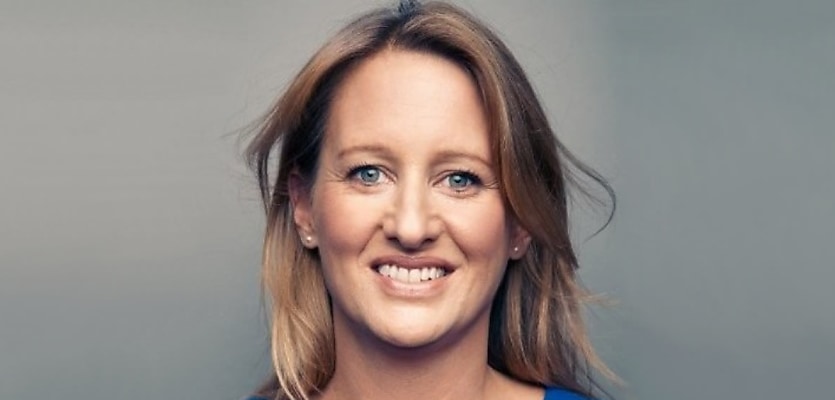The harbourside city has ranked among the most expensive housing markets in the world, beating other posh postcodes including Geneva and Paris.
Sydney clinched the eighth spot in the top 10 of the cities with the most expensive residential transactions after clocking in a total of 99 “super-prime” property deals or high-end residential sales of more than US$10 million in 2022, according to Frank Knight’s 2023 Wealth Report.
At the upper end of the list, New York retained its crown as the most active super prime market by recording 244 sales of US$10 million or more out of the 1,392 sales globally that fall under the category.
The Big Apple was closely followed by Los Angeles and London, completing the top three with 225 and 223 super prime sales, respectively.
Other cities that outranked the harbour city include Miami (146 super prime sales), Hong Kong (125 super prime sales), Singapore (121 super prime sales), and Palm Beach and Broward (117 prime sales).
Rounding out the top 10 after the Emerald City were Geneva and Paris with 69 and 23 super prime residential sales at ninth and 10th place respectively
Notably, the NSW capital also recorded seven “ultra-prime” property transactions valued at US$25 million or more during the same period.
Despite Sydney’s prestige market breaking the stratosphere when it comes to residential property sales, the report found the city’s prime property was significantly more affordable than other cities around the world, with US$1 million buying 44 square metres of luxury space in the city.
The figures put the city almost on par with Paris, where a buyer can purchase 43 square metres of luxury residential property space for the same ballpark figures.
Prime real estate markets to recalibrate in the face of changing ‘macroeconomic landscape’
Kate Everett-Allen, Knight Frank’s head of global residential research, described 2022 as a “year of two halves”.
After the “anomaly” of 2021, she noted that 2022 was “something of a transitional year”, with some pandemic trends continuing to play out, while mounting headwinds prompted some to reflect on their assets and investment strategies.
“Sentiment shifted gears in mid-2022 as inflation waved goodbye to its transitory status and the cost of debt ramped up, recession loomed, the Ukraine conflict led to rocketing energy prices and stock markets, not to mention, crypto, went wobbly,” she stated.
But despite the uncertainty in the market, she pointed out that the global prime real estate market still recorded an annual growth of 5.2 per cent due to several factors, including wealth preservation, safe haven capital flight and supply constraints, leading her to the conclusion that “the pandemic-induced surge clearly had more left in the tank”.
“COVID-19 underlined the fragility of life and the need for connectivity and sparked a mass transition to hybrid working. For the world’s wealthy, this increased their appetite to buy, with 17 per cent telling us they added to their portfolios in 2022,” she explained.
Looking forward, she forecasted that the “process of normalisation” will continue as transaction levels revert to pre-pandemic levels, down on the past two years but will remain “highly active”.
Notably, the performance of prime and mainstream housing markets will detach due to the higher cost of debt, according to the expert.
“The tide is turning, and property markets are recalibrating as home owners take stock of the changing macroeconomic landscape,” she stated.
Across the 25 cities tracked, Knight Frank’s global research network now expects prime prices to rise by 2 per cent on average in 2023, down only marginally from the 2.7 per cent increase predicted in mid-2022.
Aside from interest rates playing a big role in the risks and opportunities that real estate markets will offer, the expert also predicted that taxes and regulations will rise during the year and affect how the sector will perform in 2023.









You are not authorised to post comments.
Comments will undergo moderation before they get published.